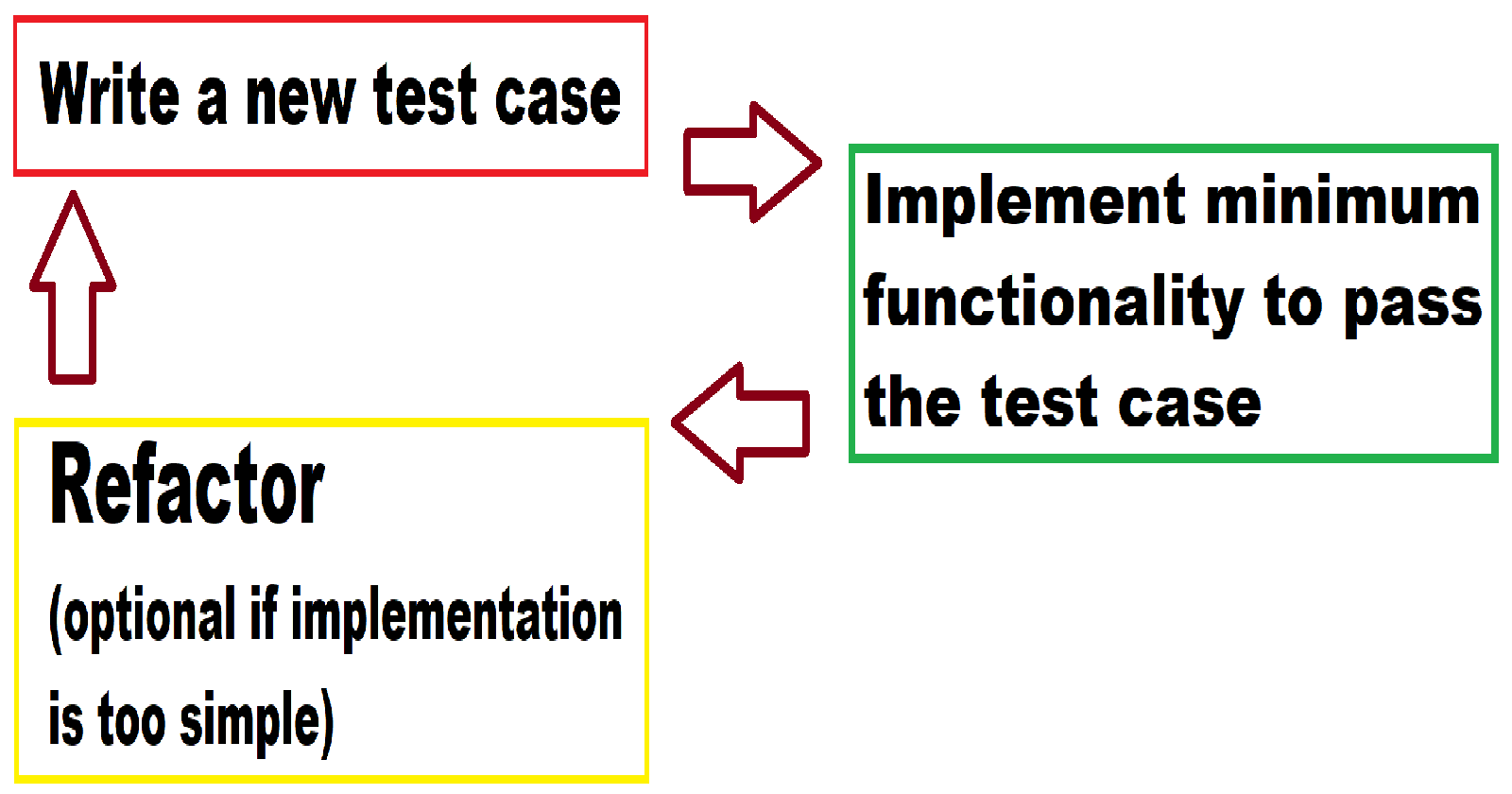TDD - You can write code without actual hardware (Part II)
 Hyunwoo Choi
Hyunwoo Choi
This post is an extension of "TDD - You can write code without actual hardware (Part I)". Previously, eeprom_controller.c includes only the read-byte function. Let's start to add a write-byte test in test_eeprom_controller.c. After writing one byte in a given address of EEPROM, read back the same address to verify.
void test_eeprom_controller_write_byte(void)
{
uint32_t test_address = 0x0;
const uint8_t test_value = 0xAA;
uint8_t read_data;
bool op1 = eeprom_write_byte(test_address, &test_value);
bool op2 = eeprom_read_byte(test_address, &read_data);
TEST_ASSERT_EQUAL(true, op1);
TEST_ASSERT_EQUAL(true, op2);
TEST_ASSERT_EQUAL(test_value, read_data);
}
The test will fail because eeprom_write_byte is currently not implemented. Let's add the function prototype in eeprom_controller.h and then implement minimum code to pass the test in eeprom_controller.c.
bool eeprom_write_byte(uint32_t address, const uint8_t* w_data)
{
bool op_status = true;
flash_write(address, w_data, 1);
return op_status;
}
Similarly from eeprom_read_byte, a parameter check was added to the function. Let's add parameter check test cases in test_eeprom_controller_write_byte.
void test_eeprom_controller_write_byte(void)
{
uint32_t test_address = 0x0;
const uint8_t test_value = 0xAA;
uint8_t read_data;
bool op1 = eeprom_write_byte(test_address, &test_value);
bool op2 = eeprom_read_byte(test_address, &read_data);
TEST_ASSERT_EQUAL(true, op1);
TEST_ASSERT_EQUAL(true, op2);
TEST_ASSERT_EQUAL(test_value, read_data);
//parameter check tests
bool op3 = eeprom_write_byte(EEPROM_SIZE, &test_value);
bool op4 = eeprom_write_byte(test_address, 0);
TEST_ASSERT_EQUAL(false, op3);
TEST_ASSERT_EQUAL(false, op4);
}
This test will fail because the current implementation only returns true. Let's modify eeprom_write_byte function in eeprom_controller.c.
bool eeprom_write_byte(uint32_t address, const uint8_t* w_data)
{
bool op_status = false;
if(w_data != 0 && address < EEPROM_SIZE)
{
flash_write(address, w_data, 1);
op_status = true;
}
}
The next article will continuously add a test case for writing multiple bytes and verifying with the read multiple bytes function.
Subscribe to my newsletter
Read articles from Hyunwoo Choi directly inside your inbox. Subscribe to the newsletter, and don't miss out.
Written by
